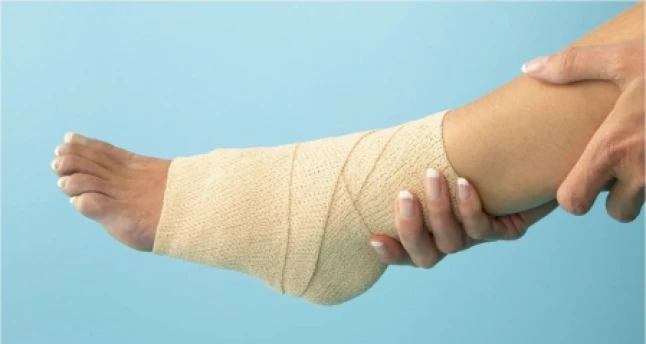
Why that "ankle sprain" just won't get better...
 In my practice I treat a large number of acute ankle and foot injuries, many of which are initially diagnosed as “ankle sprains” at urgent care facilities. The largest study to date shows that males aged 15-24 had higher rates of ankle sprains than females, whereas females over 30 years old had higher rates than males.
In my practice I treat a large number of acute ankle and foot injuries, many of which are initially diagnosed as “ankle sprains” at urgent care facilities. The largest study to date shows that males aged 15-24 had higher rates of ankle sprains than females, whereas females over 30 years old had higher rates than males.
Half of all ankle sprains occur with athletic activity. The problem is that some “ankle sprains” are not treated, improperly diagnosed or improperly treated. When I see a patient with a previous history of ankle instability or complaints of “weak ankles” and a new injury with significant swelling and bruising I am more cautious. I don’t routinely order MRI’s on those patients initially but I do treat them very conservatively to try and avoid long-term instability. I usually immobilize them in a removable cast boot along with ice, compression and medications with activity restrictions until I can begin physical therapy.
Sometimes the more severe ankle sprains can take several weeks to months to recover from and can take even longer if not treated properly. Sometimes I see missed injuries such as 5th metatarsal base fractures, fractures of the anterior process of the calcaneus (heel bone), peroneal tendon damage, or damage with the ankle joint.
The most concerning long term are osteochondral lesions within the ankle joint and ligament damage/instability which is best imaged by MRI. Both can cause continued pain, weakness and instability and sometimes require surgical intervention. I routinely do surgical ligament reconstructions and ankle arthroscopy treating these chronic injuries. Because of this it is important to make a proper initial diagnosis and treatment to ensure full return to activity.